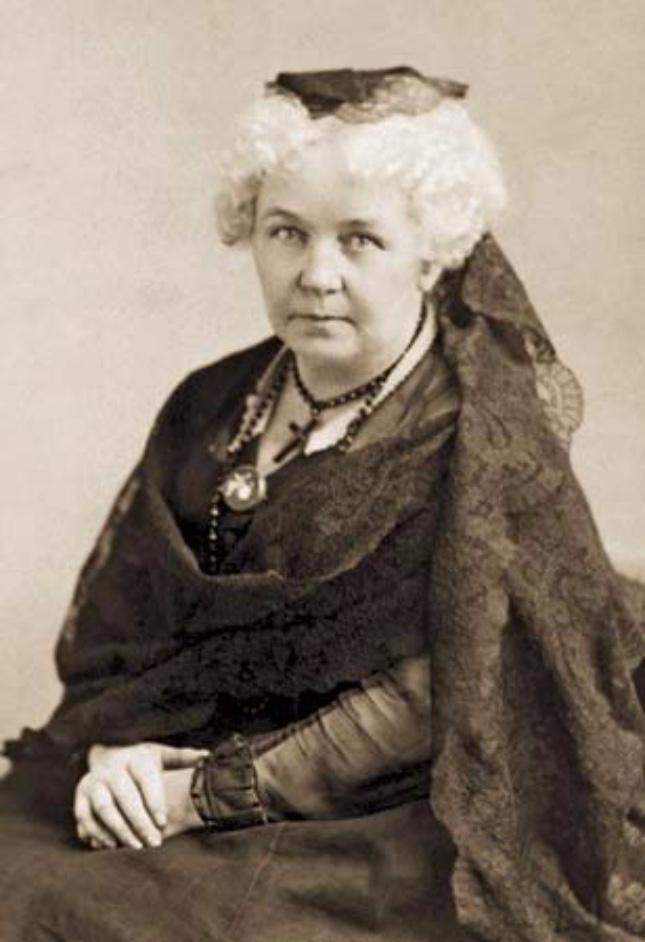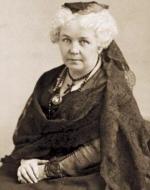Created by Allie Foster on Sat, 10/10/2020 - 18:28
Description:
Elizabeth Cady Stanton was a well-known abolitionist politician. She had many reform interests which included topics such as: women's suffrage rights, child custody rights, property rights, abolition, ‘dress reform,’ and divorce laws. She was mainly known for her work in the women's rights and suffrage movements. She was one of the main organizers of the first woman's rights convention which was held in Seneca Falls, New York, 1848. At this convention she helped write the Declaration of Sentiments, the primary document used to discuss equal rights reform for women.
Elizabeth was born on November 12th, 1815 in Johnstown, New York. She grew up in a very conservative household with ten other siblings. She was a well-educated woman who graduated from Johnstown academy in 1832. She wished to continue her education by attending Union College but at the time no women were accepted into any colleges or institutions of higher education.
In 1840 Elizabeth married her husband, Henry Stanton. Henry was a part of the liberal political party and he attended many reforms and rallies in which his wife would join him. The two shared seven children together and moved around the state of New York as they grew old. In 1847 the Stanton’s moved to Seneca Falls, New York and a year later Elizabeth helped organize the Seneca Falls Convention.
The convention made her a well-recognized political reformist and helped allow her to continue to push for women's rights around the nation. In 1896 she helped organize the National Woman Suffrage Association and was even voted to be the organization's president. In the year of 1890 the organization merged with another womens rights organiztion. Following the merge of the two organizations, Elizabeth resigned her presidental potion and focused on her writting career. Stanton used her recognition in women's rights movements to author three volumes of information concerning the history of women's suffrage. She wrote these books as a way to preserve the history and records of the movements themselves.
Elizabeth Cady Stanton passed away at the age of 86 years old on October 24th, 1902, in New York City.
Source:
Rynder, Constance. "'All men and women are created equal.' (1848 Women's Rights Convention)." American History, vol. 33, no. 3, Aug. 1998, p. 22+. Gale Academic OneFile, https://link.gale.com/apps/doc/A20927186/AONE?u=purdue_main&sid=AONE&xid.... Accessed 10 Oct. 2020.
“Elizabeth Cady Stanton.” Wikipedia, Wikimedia Foundation, 6 Oct. 2020, en.wikipedia.org/wiki/Elizabeth_Cady_Stanton.
Roberta J Park (2001) 'All the Freedom of the Boy': Elizabeth Cady Stanton, Nineteenth-Century Architect of Women's Rights, The International Journal of the History of Sport, 18:1, 7-26, DOI: 10.1080/714001487


